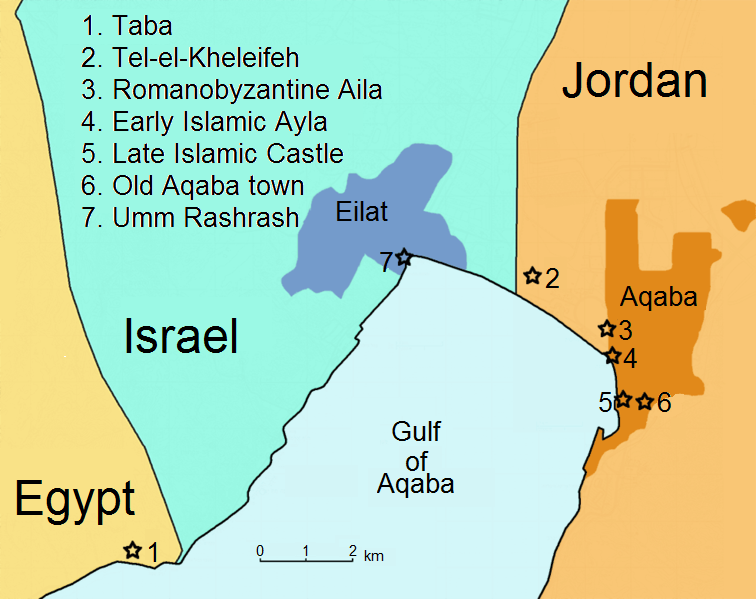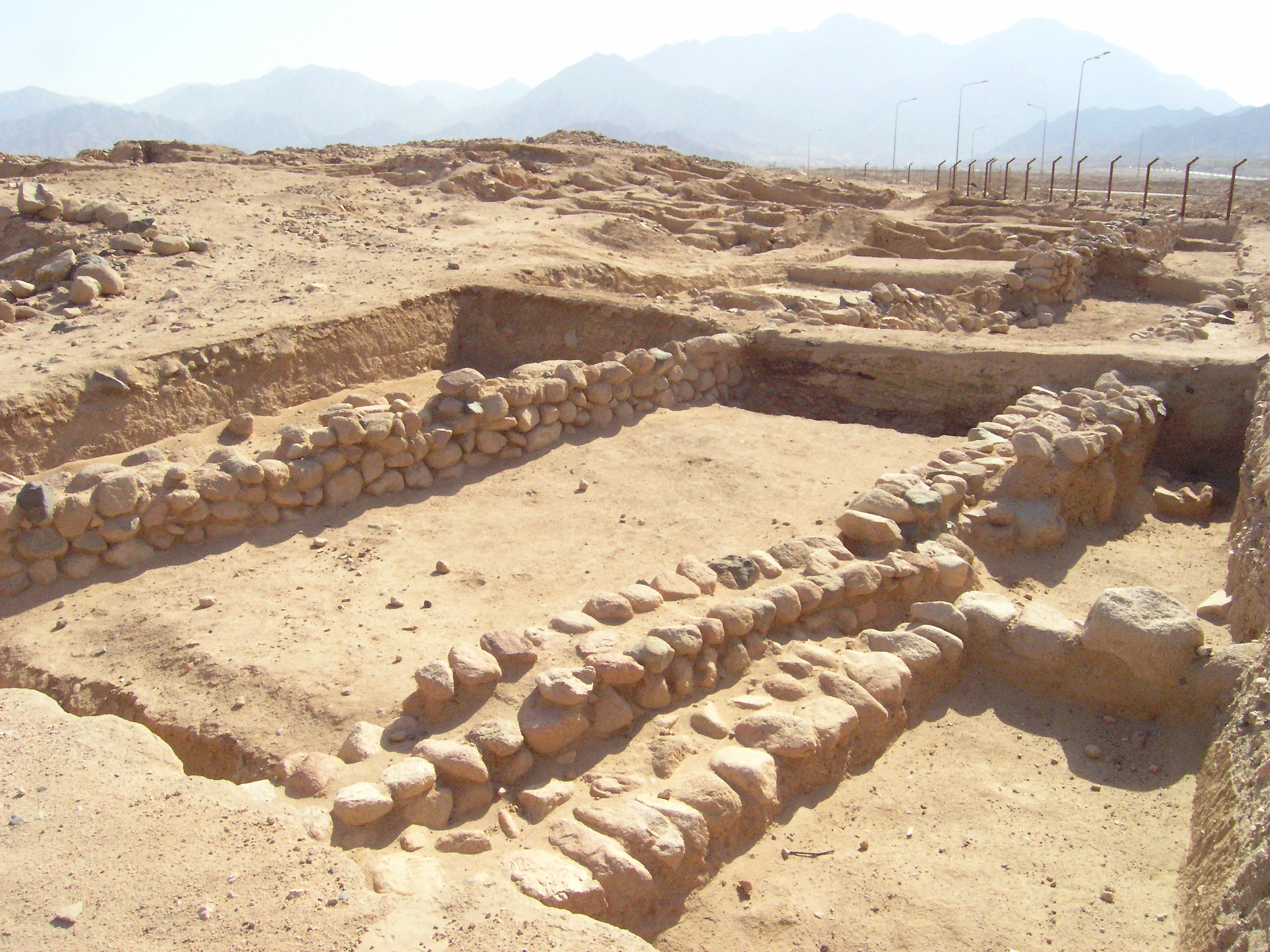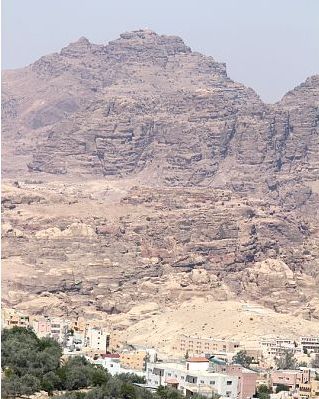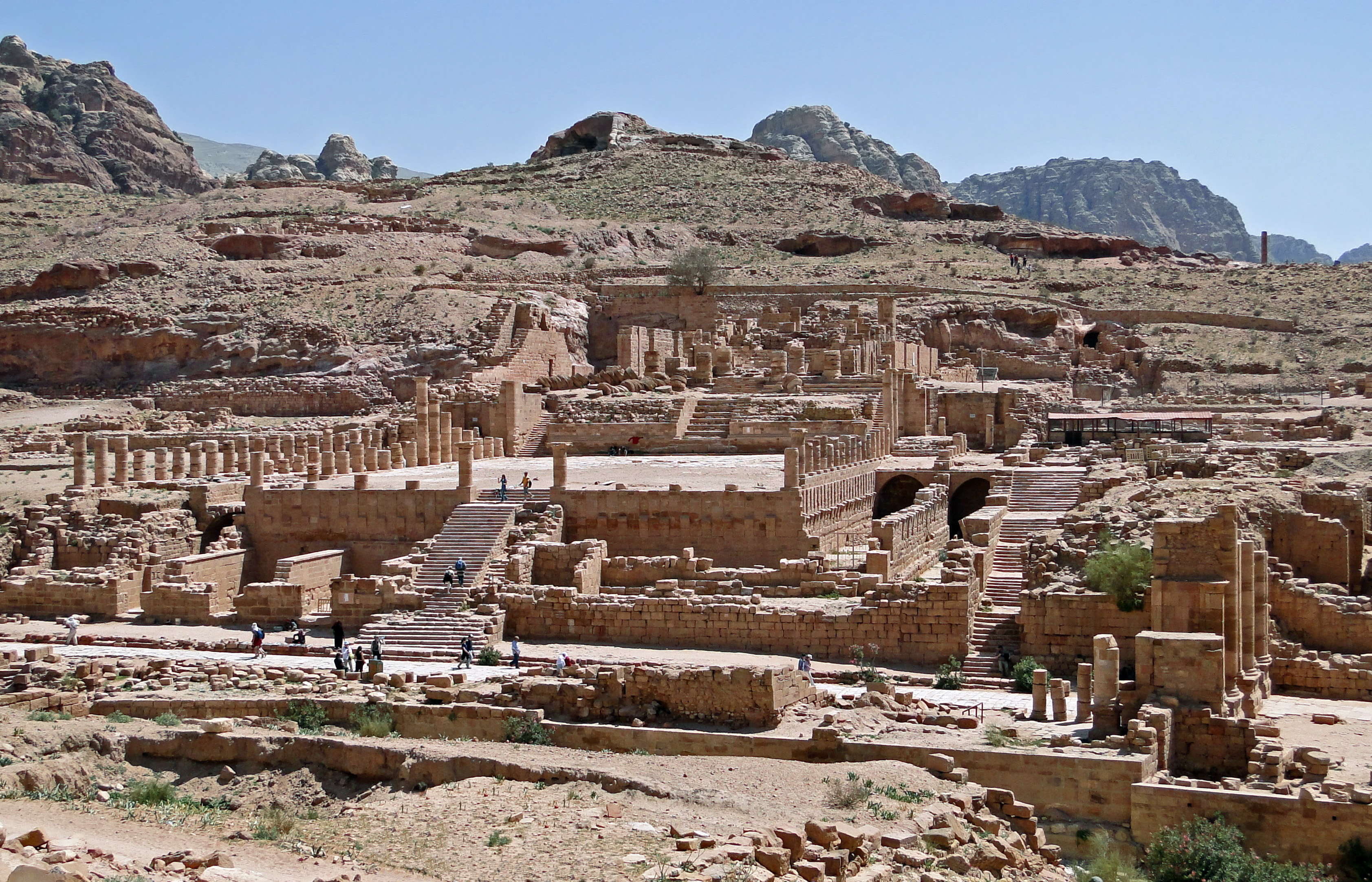|
Aqaba Governorate
Aqaba ( ''al-ʻAqabah'') is one of the governorates of Jordan, located south of Amman, capital of Jordan. Its capital is Aqaba. It is the fourth largest governorate in Jordan by area and is ranked 10th by population. Aqaba, the port at the Red Sea, plays an important role in the economic life of Jordan. Two of Jordan's top three tourist destinations lie in Aqaba Governorate, Wadi Rum, and the port city of Aqaba. The port is Jordan's most important import/export hub. The industrial port lies about 15 km to the south from the beaches and the Aqaba city center. Geography Aqaba Governorate lies in the south western tip of Jordan, it borders Ma'an Governorate from the east, Tafilah Governorate from the north, Saudi Arabia from the south, Israel from the west, and the Gulf of Aqaba from the southwest. There are two international crossing points in Aqaba Governorate, the Durra Border Crossing and Wadi Araba crossing. The Jordanian-Saudi Arabia, Saudi border originally ran a few ... [...More Info...] [...Related Items...] OR: [Wikipedia] [Google] [Baidu] |
Aqaba
Aqaba ( , ; , ) is the only coastal city in Jordan and the largest and most populous city on the Gulf of Aqaba. Situated in southernmost Jordan, Aqaba is the administrative center of the Aqaba Governorate. The city had a population of 148,398 in 2015 and a land area of . Aqaba has significant trade and tourism. The Port of Aqaba also serves other countries in the region. Aqaba's strategic location at the northeastern tip of the Red Sea between the continents of Asia and Africa has made its port important for thousands of years. The ancient city was called '' Elath'', known in Latin as ''Aela'') and in Arabic as ''Ayla''. Its strategic location and proximity to copper mines made it a regional hub for copper production and trade in the Chalcolithic period. Aela became a bishopric under Byzantine rule and later became a Latin Catholic titular see after Islamic conquest around AD 650, when it became known as ''Ayla''; the name ''Aqaba'' is late medieval. In the Great Ara ... [...More Info...] [...Related Items...] OR: [Wikipedia] [Google] [Baidu] |
Via Traiana Nova
The or for, la, Via Nova Traiana, Trajan's New Road, previously known as the ''Via Regia'' or King's Highway, was an ancient Roman road built by Emperor Trajan in the province of Arabia Petraea, from Aqaba on the Red Sea to Bostra. It was specifically known as the ''Via Traiana Nova'' in order to distinguish it from the '' Via Traiana'' in Italy. It is occasionally also referred to simply as the ''Via Nova''Browning, Iain (1982:33) ''Jerash and the Decapolis'' (London: Chatto & Windus) or 'Via Nova Traiana'Young, Gary K. (2001:119) ''Rome's Eastern Trade: International commerce and imperial policy, 31 BC - AD 305'' (London: Routledge) Its construction started shortly after the annexation of Arabia, supervised by governor Gaius Claudius Severus, and was completed under Hadrian Hadrian ( ; ; 24 January 76 – 10 July 138) was Roman emperor from 117 to 138. Hadrian was born in Italica, close to modern Seville in Spain, an Italic peoples, Italic settlement in Hispania B ... [...More Info...] [...Related Items...] OR: [Wikipedia] [Google] [Baidu] |
Al-Qūaīrah
Al-Qūaīrah () is one of the districts of Aqaba governorate, Jordan Jordan, officially the Hashemite Kingdom of Jordan, is a country in the Southern Levant region of West Asia. Jordan is bordered by Syria to the north, Iraq to the east, Saudi Arabia to the south, and Israel and the occupied Palestinian ter .... References Districts of Jordan {{Jordan-geo-stub ... [...More Info...] [...Related Items...] OR: [Wikipedia] [Google] [Baidu] |
Wadi Araba Department
Wadi ( ; ) is a river valley or a wet (ephemerality, ephemeral) Stream bed, riverbed that contains water only when heavy rain occurs. Wadis are located on gently sloping, nearly flat parts of deserts; commonly they begin on the distal portions of alluvial fans and extend to inland sabkhas or dry lakes. Permanent channels do not exist, due to lack of continual water flow. Water percolates down into the stream bed, causing an abrupt loss of energy and resulting in vast deposition. Wadis may develop dams of sediment that change the stream patterns in the next flash flood. Wadis tend to be associated with centers of human population because sub-surface water is sometimes available in them. Nomadic and pastoral desert peoples will rely on seasonal vegetation found in wadis, even in regions as dry as the Sahara, as they travel in complex transhumance routes. The centrality of wadis to water – and human life – in desert environments gave birth to the distinct sub-field of wadi h ... [...More Info...] [...Related Items...] OR: [Wikipedia] [Google] [Baidu] |
Capital Department, Aqaba
Aqaba ( ''al-ʻAqabah'') is one of the governorates of Jordan, located south of Amman, capital of Jordan. Its capital is Aqaba. It is the fourth largest governorate in Jordan by area and is ranked 10th by population. Aqaba, the port at the Red Sea, plays an important role in the economic life of Jordan. Two of Jordan's top three tourist destinations lie in Aqaba Governorate, Wadi Rum, and the port city of Aqaba. The port is Jordan's most important import/export hub. The industrial port lies about 15 km to the south from the beaches and the Aqaba city center. Geography Aqaba Governorate lies in the south western tip of Jordan, it borders Ma'an Governorate from the east, Tafilah Governorate from the north, Saudi Arabia from the south, Israel from the west, and the Gulf of Aqaba from the southwest. There are two international crossing points in Aqaba Governorate, the Durra Border Crossing and Wadi Araba crossing. The Jordanian- Saudi border originally ran a few kilometers ... [...More Info...] [...Related Items...] OR: [Wikipedia] [Google] [Baidu] |
Aqaba Nahias
Aqaba ( , ; , ) is the only coastal city in Jordan and the largest and most populous city on the Gulf of Aqaba. Situated in southernmost Jordan, Aqaba is the administrative center of the Aqaba Governorate. The city had a population of 148,398 in 2015 and a land area of . Aqaba has significant trade and tourism. The Port of Aqaba also serves other countries in the region. Aqaba's strategic location at the northeastern tip of the Red Sea between the continents of Asia and Africa has made its port important for thousands of years. The ancient city was called ''Elath'', known in Latin as ''Aela'') and in Arabic as ''Ayla''. Its strategic location and proximity to copper mines made it a regional hub for copper production and trade in the Chalcolithic period. Aela became a bishopric under Byzantine rule and later became a Latin Catholic titular see after Islamic conquest around AD 650, when it became known as ''Ayla''; the name ''Aqaba'' is late medieval. In the Great Arab Revolt's ... [...More Info...] [...Related Items...] OR: [Wikipedia] [Google] [Baidu] |
Dead Sea
The Dead Sea (; or ; ), also known by #Names, other names, is a landlocked salt lake bordered by Jordan to the east, the Israeli-occupied West Bank to the west and Israel to the southwest. It lies in the endorheic basin of the Jordan Rift Valley, and its main tributary is the Jordan River. As of 2025, the lake's surface is below sea level, making its shores the Lowest elevations, lowest land-based elevation on Earth. It is deep, the deepest hypersaline lake in the world. With a salinity of 342 g/kg, or 34.2% (in 2011), it is one of the List of bodies of water by salinity, world's saltiest bodies of water, 9.6 times as Seawater#Salinity, salty as the ocean—and has a density of 1.24 kg/litre, which makes swimming similar to Buoyancy, floating. This salinity makes for a harsh environment in which plants and animals cannot flourish, hence its name. The Dead Sea's main, northern basin is long and wide at its widest point. The Dead Sea has attracted visitors from around th ... [...More Info...] [...Related Items...] OR: [Wikipedia] [Google] [Baidu] |
Jordan Rift Valley
The Jordan Rift Valley, also Jordan Valley ( ''Bīqʿāt haYardēn'', Al-Ghor or Al-Ghawr), is an elongated endorheic basin located in modern-day Israel, Jordan and the West Bank, Palestine. This geographic region includes the entire length of the Jordan River – from its sources, through the Hula Valley, the Korazim block, the Sea of Galilee, the Jordan Valley (Middle East), (Lower) Jordan Valley, all the way to the Dead Sea, the lowest land elevation on Earth – and then continues through the Arabah depression, the Gulf of Aqaba whose shorelines it incorporates, until finally reaching the Red Sea proper at the Straits of Tiran. History and physical features The Jordan Rift Valley was formed many millions of years ago in the Miocene epoch (23.8 – 5.3 Myr ago) when the Arabian plate moved northward and then eastward away from Africa. One million years later, the land between the Mediterranean Sea, Mediterranean and the Jordan Rift Valley rose so that the sea water stoppe ... [...More Info...] [...Related Items...] OR: [Wikipedia] [Google] [Baidu] |
Arabah
The Arabah/Araba () or Aravah/Arava () is a loosely defined geographic area in the Negev Desert, south of the Dead Sea basin, which forms part of the border between Israel to the west and Jordan to the east. The old meaning, which was in use up to around the early 20th century, covered almost the entire length of what today is called the Jordan Rift Valley, running in a north–south orientation between the southern end of the Sea of Galilee and the northern tip of the Gulf of Aqaba of the Red Sea at Aqaba–Eilat. This included the Jordan River Valley between the Sea of Galilee and the Dead Sea, the Dead Sea itself, and what today is commonly called the Arava Valley. The contemporary use of the term is restricted to this southern section alone. Geography The Arabah is in length, from the Gulf of Aqaba to the southern shore of the Dead Sea. Topographically, the region is divided into three sections. From the Gulf of Aqaba northward, the land gradually rises over a distan ... [...More Info...] [...Related Items...] OR: [Wikipedia] [Google] [Baidu] |
Mount Hor
Mount Hor (Hebrew: , romanized: ''Hōr hāHār'') is the name given in the Hebrew Bible to two distinct mountains. One borders the land of Edom in the area south of the Dead Sea, and the other is by the Mediterranean Sea at the Northern border of Israel. The first Mount Hor is especially significant to the Israelites, as Aaron the high priest, brother of Moses, died there. Mount Hor in Edom This Mount Hor is situated "in the edge of the land of Edom" ( Numbers ) and was the scene of Aaron's divestiture, death and burial. The exact location of Mount Hor has been the subject of debate. Jebel Harun Based on the writing of Josephus, it has customarily been identified with the ''Jebel Nebi Harun'' ("Mountain of the Prophet Aaron" in Arabic) or simply ''Jebel Harun'', a twin-peaked mountain 4780 feet above sea-level in the Edomite Mountains on the east side of the Arabah section of the Jordan Rift Valley, not far from Petra. On the summit is a mosque from the Mamluk peri ... [...More Info...] [...Related Items...] OR: [Wikipedia] [Google] [Baidu] |
Petra
Petra (; "Rock"), originally known to its inhabitants as Raqmu (Nabataean Aramaic, Nabataean: or , *''Raqēmō''), is an ancient city and archaeological site in southern Jordan. Famous for its rock-cut architecture and water conduit systems, Petra is also called the "Rose City" because of the colour of the sandstone from which it is carved. The city is one of the New 7 Wonders of the World and a UNESCO World Heritage Site. The area around Petra has been inhabited from as early as 7000 BC, and was settled by the Nabataeans, a nomadic Arab people, in the 4th century BC. Petra would later become the capital city of the Nabataean Kingdom in the second century BC. The Nabataeans invested in Petra's proximity to the incense trade routes by establishing it as a major regional trading hub, which gained them considerable revenue. Unlike their enemies, the Nabataeans were accustomed to living in the barren deserts and thus were able to defend their kingdom. They were particularly sk ... [...More Info...] [...Related Items...] OR: [Wikipedia] [Google] [Baidu] |
Battle Of Aqaba
The Battle of Aqaba was fought for the Red Sea port of Aqaba (now in Jordan) during the Arab Revolt of World War I. The attacking forces, led by Sherif Nasir and Auda abu Tayi and advised by T. E. Lawrence ("Lawrence of Arabia"), were victorious over the Ottoman Empire defenders. Background When the Ottoman Empire entered World War I, British warships bombarded the 100 man Ottoman fort at Aqaba on November 1, 1914. Gilbert Clayton had already told Lawrence, "The move to Aqaba on the part of Feisal is not at present desirable..." This was due to the McMahon-Hussein Correspondence being superseded by the Sykes-Picot Agreement. Lawrence, however, decided to go his own way, without orders. Lawrence called it a private venture, void of British support, since "Feisal provided money, camels, stores and explosives." The 600-mile desert journey was led by Sherif Nasir, while Lawrence was accompanied by Nesib el-Bekri and Auda Abu Tayi, leader of the northern Howeitat tribe of B ... [...More Info...] [...Related Items...] OR: [Wikipedia] [Google] [Baidu] |








